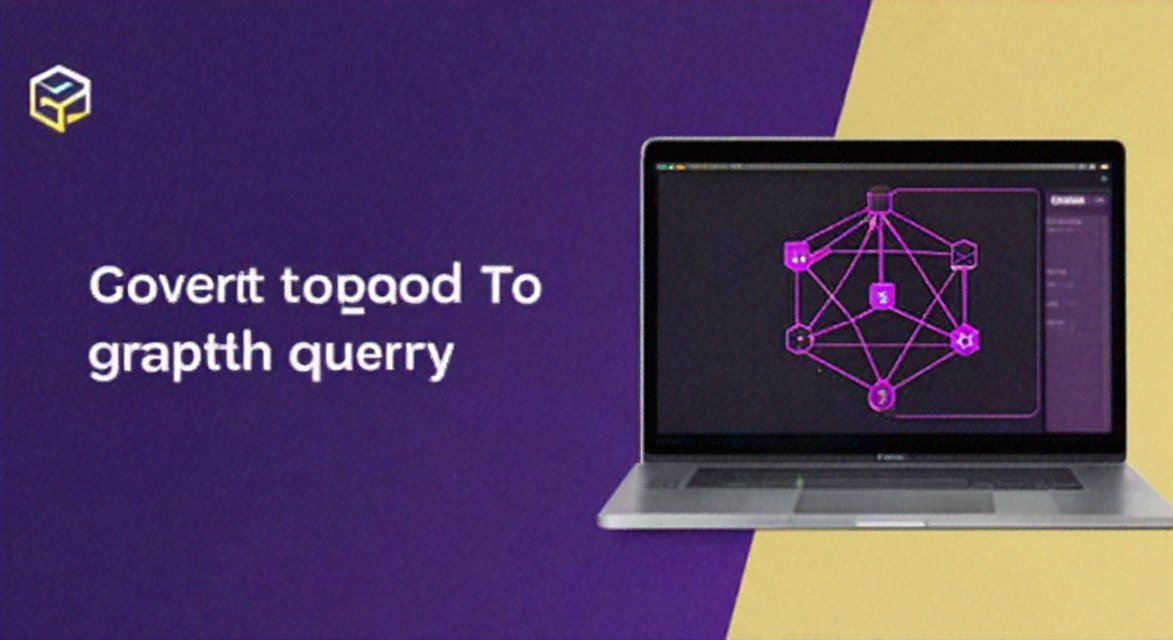Efficient Data Handling with GraphQL: Techniques for Converting Payloads to Queries 🌟

In the ever-evolving world of web development, GraphQL has emerged as a powerful tool for efficient data handling. It allows developers to request exactly the data they need, reducing over-fetching and under-fetching issues commonly associated with traditional REST APIs. One of the key aspects of GraphQL is the ability to convert payload data into GraphQL queries. This article delves into the techniques and best practices for converting payloads to GraphQL queries, ensuring optimal performance and developer experience.
Understanding Payloads and GraphQL Queries 📊
Before we dive into the conversion techniques, it's essential to understand what payloads and GraphQL queries are.
Payloads
A payload is a collection of data that is sent from the server to the client. It typically contains the necessary information required to perform a specific action or display a particular view. Payloads can be in various formats, such as JSON, XML, or even binary data.
GraphQL Queries
GraphQL queries are a way to request data from a GraphQL server. They are written in a specific syntax and allow developers to specify exactly what data they need. GraphQL queries can be as simple as requesting a single field or as complex as fetching multiple nested fields.
Techniques for Converting Payloads to GraphQL Queries 🛠️
Now that we have a basic understanding of payloads and GraphQL queries, let's explore some techniques for converting payloads to GraphQL queries.
1. Analyze the Payload Structure 🧐
The first step in converting a payload to a GraphQL query is to analyze its structure. Identify the different data types and relationships within the payload. This will help you understand the data model and how the data is organized.
2. Identify Core Data Elements 🎯
Once you have analyzed the payload structure, identify the core data elements that are essential for your application. These elements will form the basis of your GraphQL query.
3. Write GraphQL Queries for Core Data Elements 📜
Based on the identified core data elements, write GraphQL queries that fetch the required data. Ensure that your queries are concise and easy to understand.
4. Handle Nested Data 🌐
If your payload contains nested data, you'll need to write GraphQL queries that fetch the nested data as well. Use GraphQL's ability to fetch nested fields to ensure that all the required data is retrieved in a single request.
5. Optimize Query Performance 🚀
Optimizing your GraphQL queries is crucial for ensuring optimal performance. Here are some tips for optimizing your queries:
- Use query batching to reduce the number of requests made to the server.
- Avoid unnecessary fields in your queries to reduce the amount of data fetched.
- Use GraphQL's caching capabilities to cache frequently requested data.
Best Practices for Converting Payloads to GraphQL Queries 🌟
To ensure a smooth and efficient conversion process, follow these best practices:
- Keep Queries Simple: Avoid writing overly complex queries that are difficult to maintain and understand.
- Use Descriptive Field Names: Choose field names that clearly describe the data they represent.
- Document Your Queries: Provide clear documentation for your GraphQL queries to help other developers understand their purpose and usage.
- Test Your Queries: Test your queries thoroughly to ensure they return the expected results.
Conclusion 🎉
Converting payloads to GraphQL queries is a crucial step in leveraging the full potential of GraphQL for efficient data handling. By following the techniques and best practices outlined in this article, you can create optimized and maintainable GraphQL queries that enhance your application's performance and developer experience.
References
- "What is GraphQL?" GraphQL.org
- "GraphQL vs REST: A Comparison" Medium
- "Optimizing GraphQL Queries" Dev.to
- "GraphQL Best Practices" GraphQL.org
- "Understanding GraphQL Caching" Dev.to

